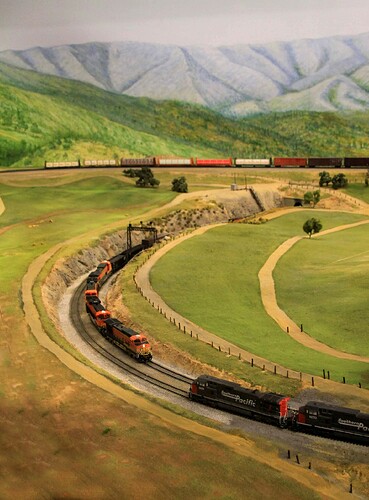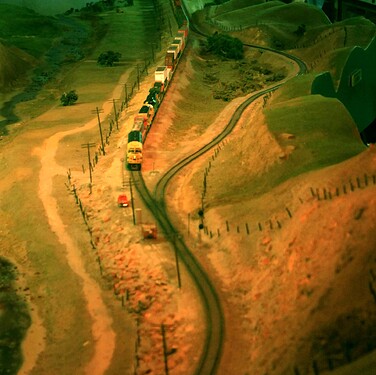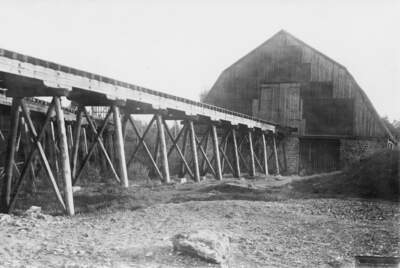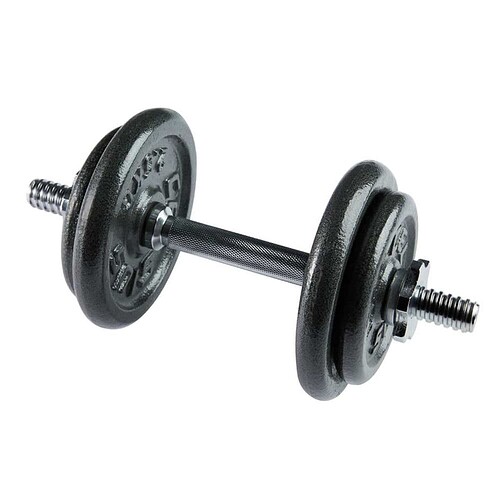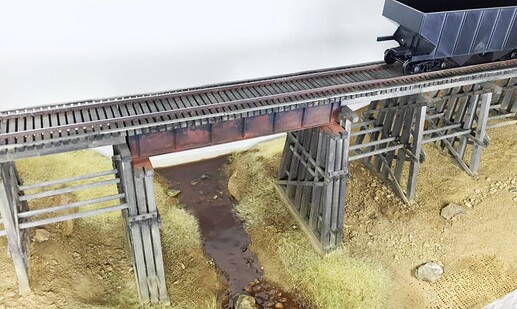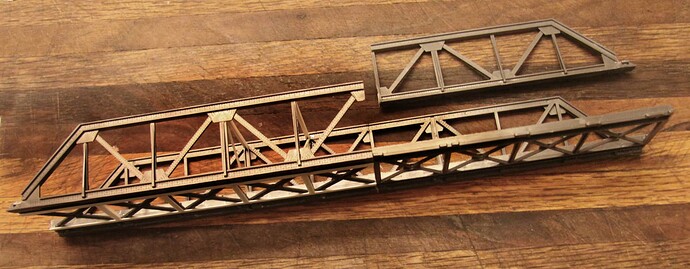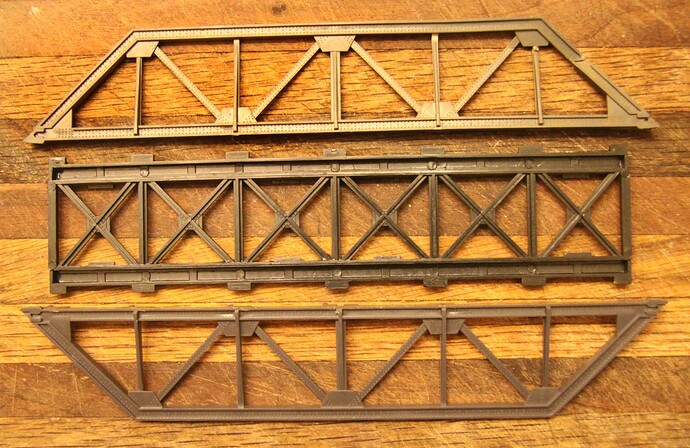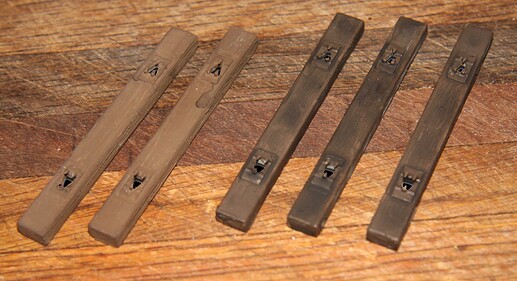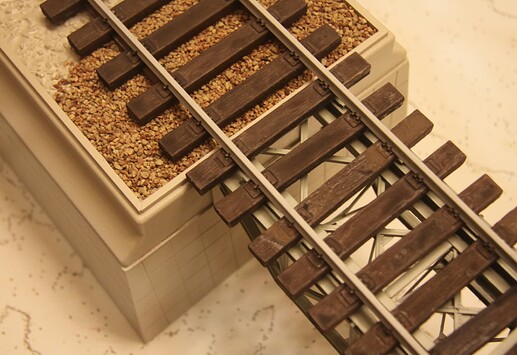Bridge Diorama in Military Scale:
This will be a rehash of the original post, now still to be seen in the archives, that started this thread in the first place.
I feel this model can offer much “food for thought” for bridge dioramas done in O, F as well as in “Military Scale.”
Bridges really have no scale. A large bridge in HO may be used to represent a smaller bridge in the larger scales. Possibly only the size of the rivets giving away the difference. The rivet sizes can be corrected or (quite honestly) simply overlooked.
Warren Thru Truss Bridge by Atlas. Available in N, S, and O scales. (Also available in a Deck Truss Design.)
The Original bridge concept was to use a single HO span to make a short bridge in “Military Scale”. (1/35th)
However, this design was deemed as being impractical, as being too short by my brilliant Army Corps of Engineers niece. (Two Tours in Afghanistan) She pointed out that at this short length, they would have simply used a short girder bridge as being smaller, lighter, cheaper and easier to build
So a longer, spliced bridge requiring two kits became necessary.
*Now here is the key: The wide thru truss bridge (in HO Scale) serves very nicely as a Deck Truss Bridge in the larger “Military Scale”. It simply has to be rotated UPSIDE DOWN!
The current status of the diorama build as seen below:
The trackage is from Trumpeter with the rails and ties painted and stained. The flatcar is Dragon and the Pz. III is from Tamiya.
Even as a young child he wished all his toys could be in the same scale.
The bridge abutments are a combination of the Trumpeter track bases for the top and some 1/2 inch scribed “Evergreen” sheet material. The abutments are painted with a light gray “crackle finish” garden spray paint from “Home Depot” to add some concrete/stone texture.
Rule of Thumb: My niece also tells me that a “rule of thumb” with such bridge structures is that the depth of the web, (height of the truss structure) should be no less than 12% of its’ length. Fortunately for me this bridge works out to be right at 12% of the length.
________________________
For the 1940’s wartime era, my bridge would be considered as being light to medium duty load bearing but there are larger and more massive bridge moldings available from some of the European Model Railroading manufactures. ~ If you should want something more massive such as that seen below!
